Speakers
Invited speakers - ERC grantees
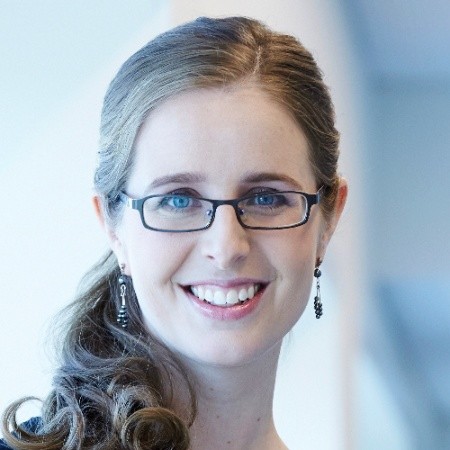
Sophie Beeren
The research of Beeren’s group is focused on Supramolecular Chemistry. They exploit non-covalent interactions in self-assembling molecules to engineer adaptive materials, new host/guest systems, functional nanostructures and biotechnological approaches to synthesis.
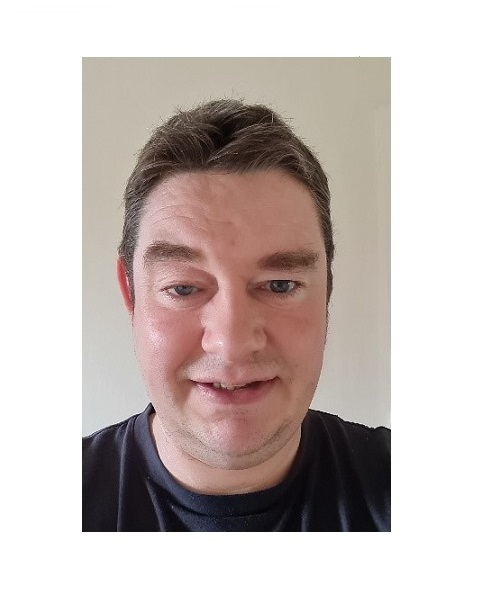
Scott L. Cockroft
Research in the Cockroft group spans organic chemistry and bionanotechnology. They combine molecules of synthetic and biological origins to examine the physical organic chemistry underpinning molecular interactions and the operation of molecular machines.
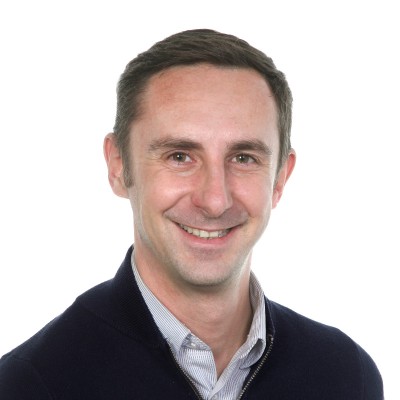
Fabien Cougnon
Cougnon’s group works in the field of Molecular Nanotopology. They develop new synthetic strategies to access knotted molecules and investigate the effect of topology on their behaviour.
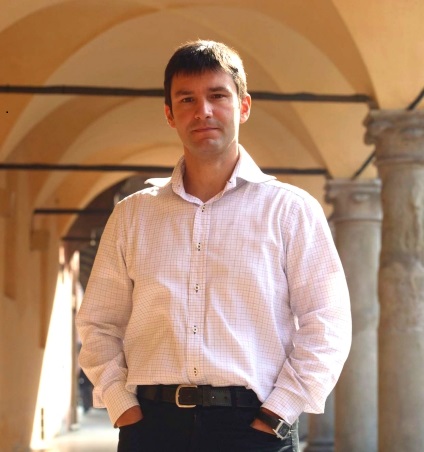
Alberto Credi
Credi leads the Center for Light Activated Nanostructures (CLAN), a University-CNR joint laboratory for research in the areas of supramolecular chemistry and photochemistry, materials science and nanoscience. His research focuses on the development of molecular systems and materials controlled by light, particularly, the realization of logic devices, machines and motors of nanometer size.
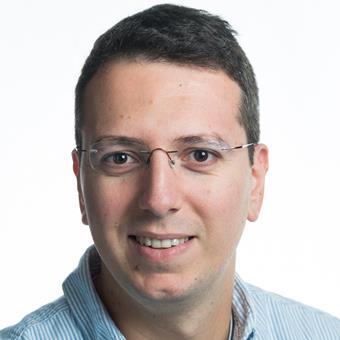
Simone Fabiano
Fabiano’s Organic Nanoelectronics group (ONE) specializes in developing novel functional materials and devices with ion-electron coupled functionalities. The interdisciplinary research of the group combines chemistry, physics, materials science, and device engineering and provides knowledge and experience in a wide range of areas, such as polymer synthesis, surface chemistry, printing, device fabrication, and the use of advanced techniques to analyze physical properties.
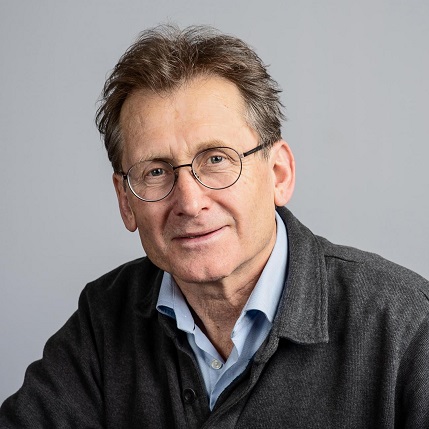
Ben L. Feringa
The research mission of the Feringa group is to exploit the full potential of synthetic chemistry to create new structures, functions and chemical systems. Inspired by Nature’s principles of molecular recognition, assembly, catalysis, transport and motion, the goal is to design novel functional (supra-) molecular materials as well as to develop new catalysts and synthetic methodology.
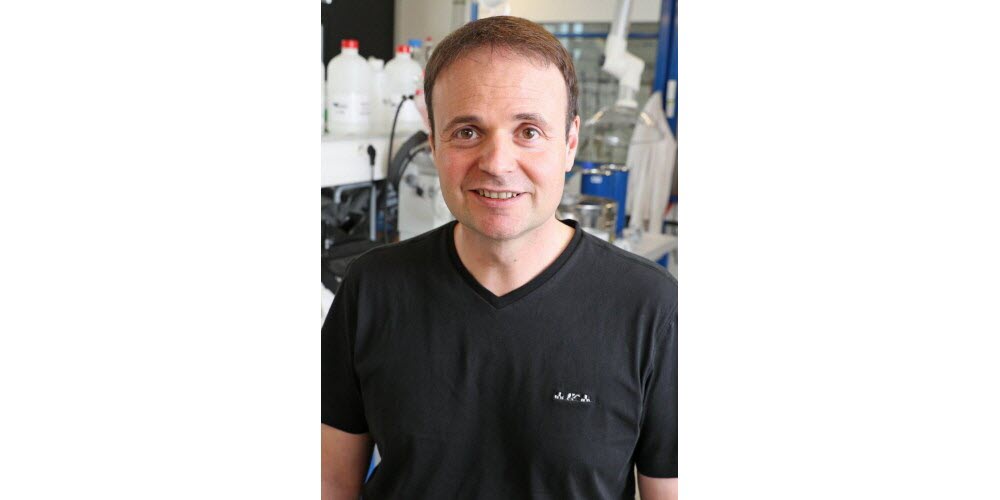
Nicolas Giuseppone
Giuseppone’s research group is interested in understanding and controlling self-assembly processes including their dynamics and cooperative effects. This knowledge is expected to generate complex systems, capable of interacting and adapting to their environment by emergence phenomena. From an application point of view, such properties will be necessary to design the next generation of so-called smart materials.
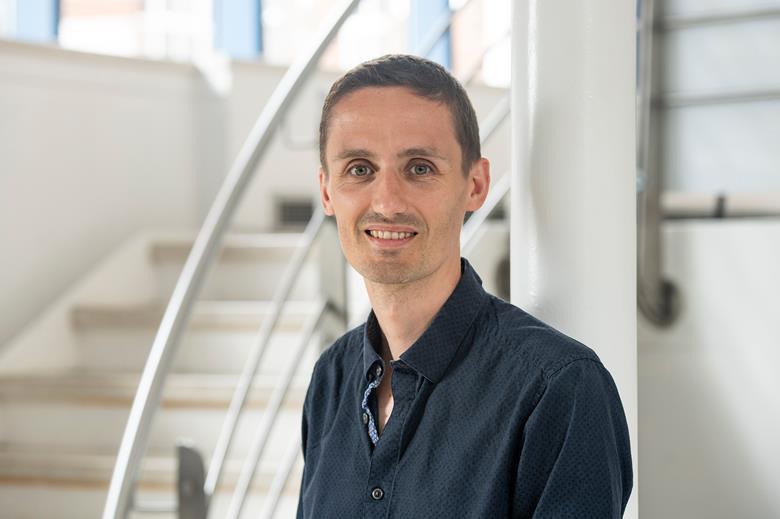
Steve Goldup
Research in the Goldup Group focuses on developing new synthetic methods to make mechanically interlocked molecules, particularly structures that express mechanical chirality, and the application of rotaxanes and catenanes in sensing, catalysis, materials and medicine.

Daniel T. Gryko
Gryko’s current research interests are focused on the synthesis of various functional dyes as well as on two-photon absorption, solvatofluorochromism, excited-state intramolecular proton transfer and fluorescence probes.
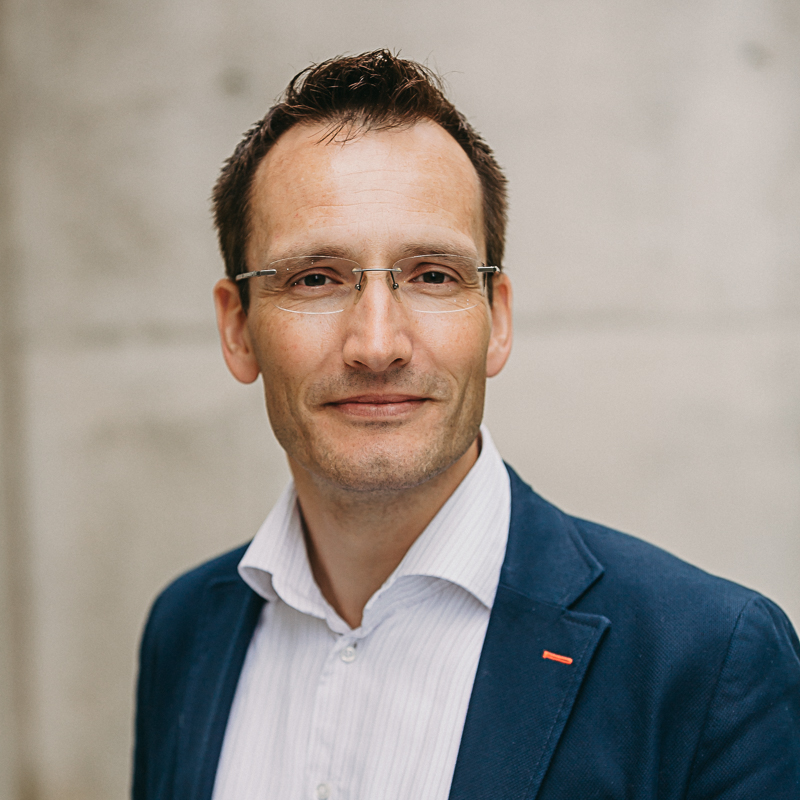
Stefan Hecht
Prof. Hecht’s research interests span from macromolecular and supramolecular chemistry over photochemistry and electrochemistry all the way to surface and interface phenomena. Particular focus of his work is on the development of photoswitchable molecules to optically control of physical, chemical, and biological processes and their application in materials, (opto)electronic devices, and additive manufacturing.
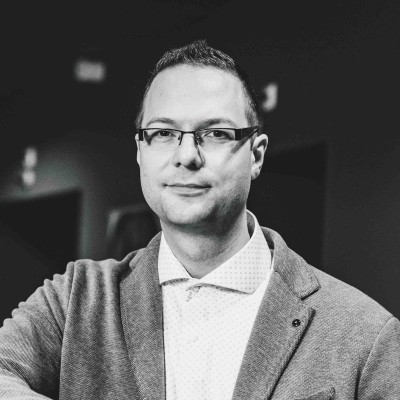
Thomas Hermans
Hermans lab has three active lines of research: 1) Dissipative nonequilibrium self-assembly in supramolecular systems, 2) Chiral separation using Taylor-Couette flow, and 3) Microfluidics without walls.
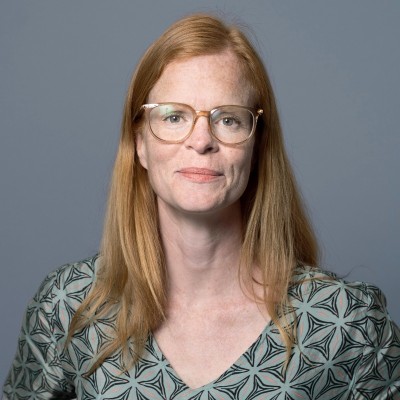
Marleen Kamperman
Kamperman studies softer materials that are suitable for biomedical applications, among other things. Her focus now lies on adhesives that stick well to wet surfaces. Her research focuses on developing new polymeric/biopolymeric materials.
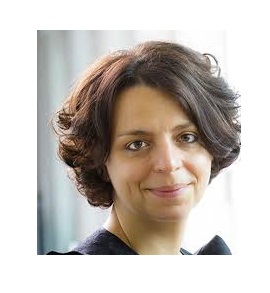
Nathalie Katsonis
Katsonis’ research aims to design and create active molecular systems that are inspired by the supramolecular, functional and stimuli-responsive systems found in nature. This research also implies a special focus on chirality, liquid crystals and artificial molecular machines.
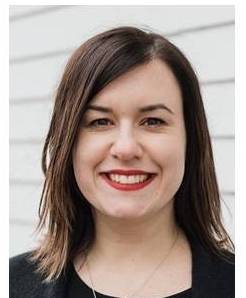
Roxanne Kieltyka
Kieltyka focuses her research on the design, synthesis and use of supramolecular biomaterials. The goal is to synthetically replicate cell-specific microenvironments within them to instruct cellular behaviour in development and disease.

Rafal Klajn
Klajn’s research focuses on studying the behavior of chemical species within various types of nanoconfined environments, including surfaces of colloidal nanoparticles, cavities within coordination cages, and nanopores within porous materials (such as porous aromatic frameworks). The group also develops novel families of synthetic materials featuring confined spaces; examples include reversibly self-assembling colloidal crystals (“dynamic nanoflasks”), bowl-shaped metallic nanoparticles, and non–close-packed nanoparticle superlattices.
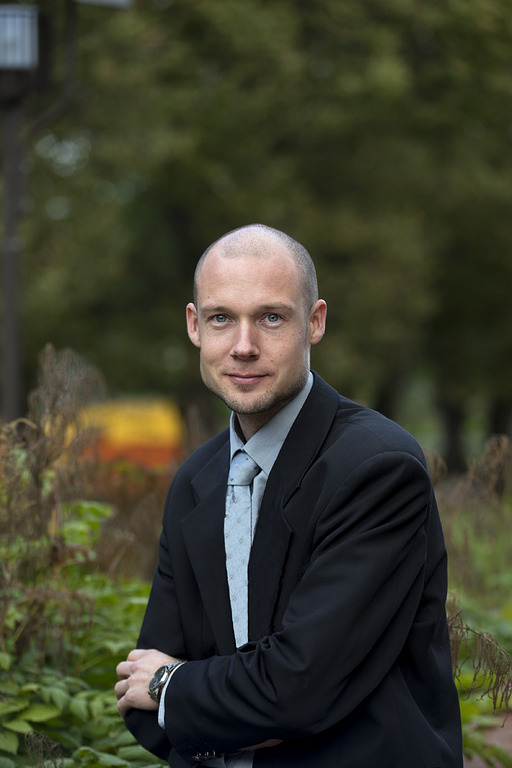
Mauri Kostiainen
Kostiainen’s research interests focus on biohybrid materials, which allow the best features of synthetic and biological material types to be combined. Of special interest are DNA nanostructures, virus particles and other protein cages that can be repurposed for materials science applications. The goal of the group is to understand the molecular design rules governing their preparation and assembly. The group utilizes high-end characterisation techniques: atomic force microscopy, cryogenic transmission electron microscopy and small angle X-ray scattering to study the systems.
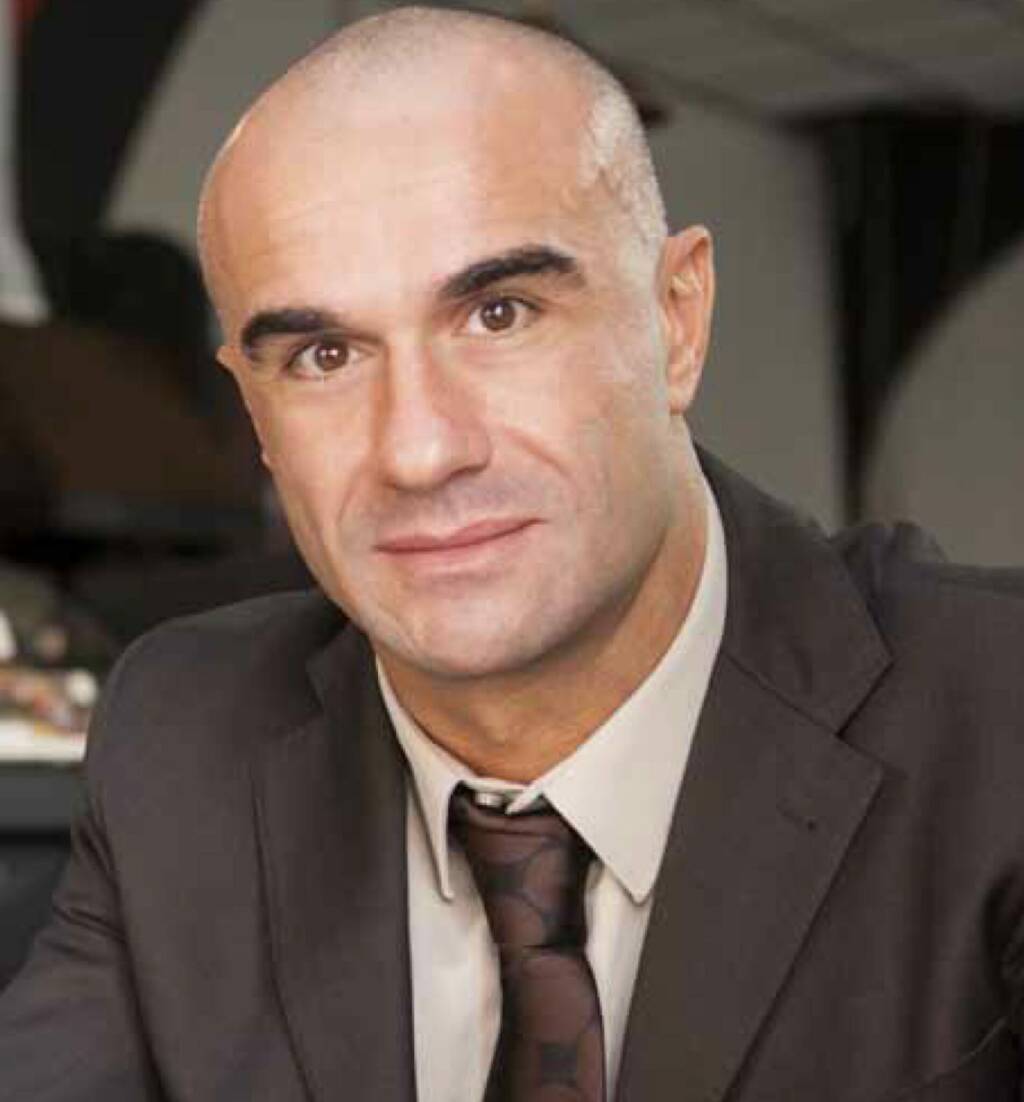
Pierangelo Metrangolo
Metrangolo’s research interests have covered the following topics: functional supramolecular materials, fluorinated nanoparticles and theranostics, biomimetic and biosynthetic hybrid materials, intermolecular forces and their use in crystal engineering, and nanomedicine.
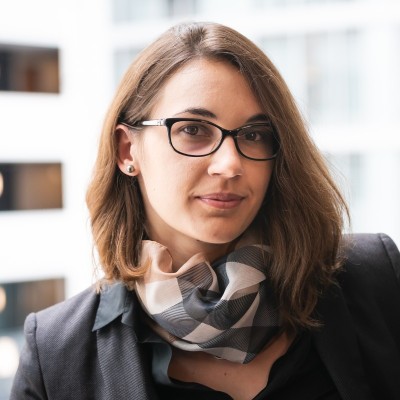
Jovana Milic
Milic’s research (Smart Energy Materials group) focuses on bioinspired supramolecular materials for energy conversion, with a particular interest in photovoltaics and neuromorphic memory systems. This involves stimuli-responsive and halide perovskite framework materials, from molecular design to functional device application, toward smart and sustainable (nano)technologies.
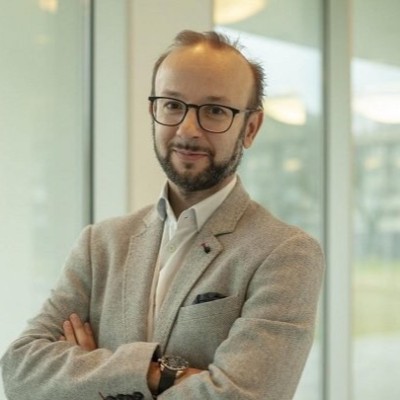
Javier Montenegro
Montenegro’s research is at the interphase between organic synthetic and supramolecular chemistry applied to biology, membrane transport and the Discovery of new materials. He focuses on the controlled delivery of nucleic acids and proteins and the topological control of supramolecular assemblies for functional applications such as sensing, nanotechnology and tubular composites.
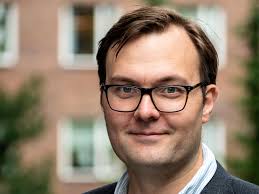
Kasper Moth-Poulsen
Moth-Poulsen uses synthetic chemistry to address challenges in energy storage, solar energy, sensors and molecular electronics. His research group creates new materials and builds demonstration devices to illustrate their function.
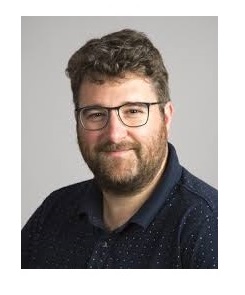
Oren A. Scherman
Sherman’s research interests include the synthesis of functional nanosystems, controlled polymer architectures and dynamic supramolecular assemblies through molecular recognition processes. The underlying theme of our research lies in the interface between synthetic organic efforts on small molecules and macroscopic properties at the level of the materials, developing a macro-organic approach to chemistry.
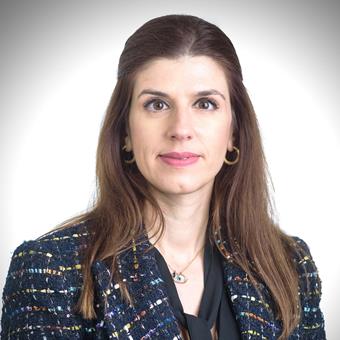
Eleni Stavrinidou
Stavrinidou develops technologies for plant science enabling more sustainable food production and plants that can thrive in the changing climate. She also envisions the development of a next-generation technology based on the amalgamation of living and artificial components as well as an increase in the sophistication of our communication with the biological world.
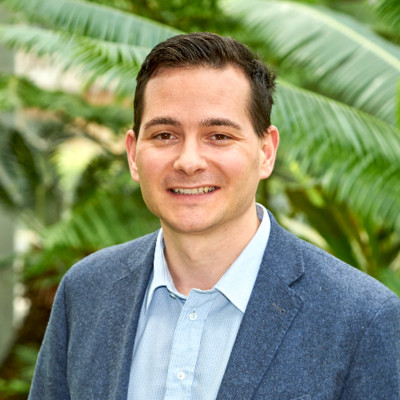
Andreas Walther
The Walther Lab develops hierarchical self-assembly concepts inside and outside equilibrium, and connects those to (bio)macromolecular materials research. The long-term efforts are directed towards energy-driven and feedback-controlled non-equilibrium systems to realize next-generation, adaptive, active and autonomously dynamic soft materials with life-like properties.
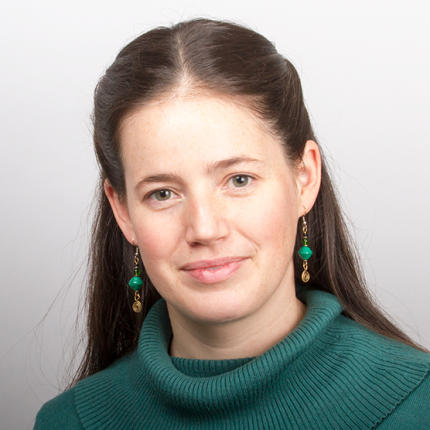
Seraphine Wegner
Wegner’s research interests focus on synthetic biology, optogenetics, cell-cell adhesions, and multicellular structures. Among her research projects are those dedicated to light-controlled systems in synthetic biology and tissue engineering, and artificial cell-cell interactions for light switchable cell organization and signalling.
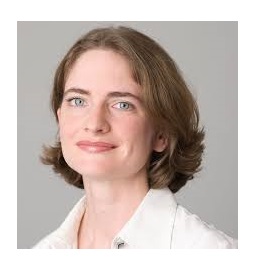
Tanja Weil
Weil’s scientific interests focus on innovative synthesis concepts to achieve functional macromolecules and hybrid materials to solve current challenges in biomedicine and material science.
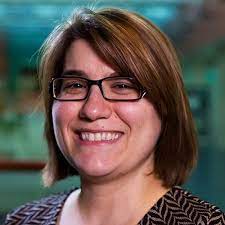
Daniela Wilson
Wilson conducts research at the interface of supramolecular chemistry, macromolecular chemistry, and nanotechnology. She focuses on the design of molecules and their interaction to generate structures with complex behaviour. A current emphasis is on the generation of autonomous movement in synthetic motile systems and controlling their motion, directionality and collective behaviour using self-assembly as a tool.
